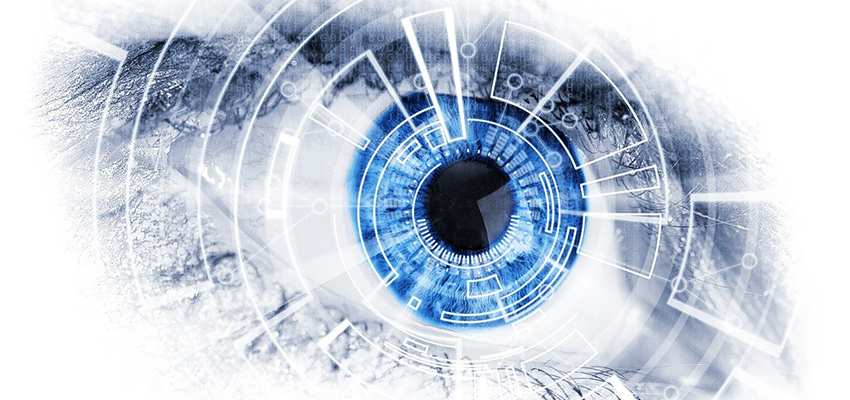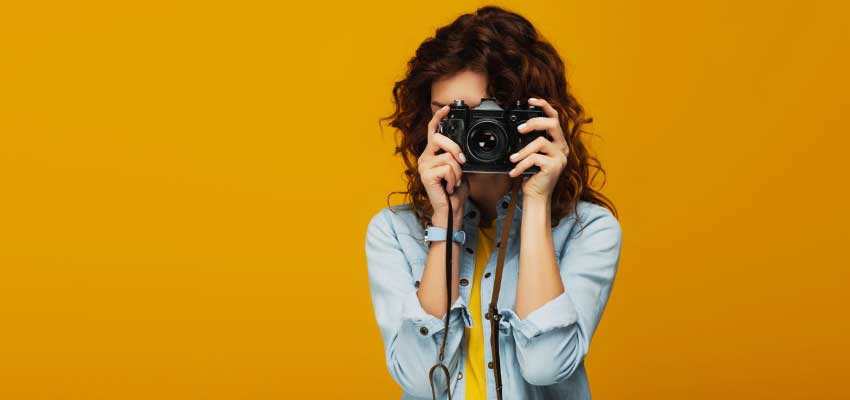Show:
How Other Design Trends Impact the Web Design Industry
Style, or what’s considered en vogue, tends to ebb and flow over time. The same is true for modern design, especially when it pertains to interior decor, fashion, and beyond. But what you may or may not know is that the same patterns float across many industries, including web design and graphic arts. It creates a ripple effect where events happening in one industry can overflow into another.
It begs the question, how do all these different industries influence each other? What is actually taking place, and how does a trend in one, shape actions in another?

1. Fashion
Fashion and graphic design — or graphic arts — are interchangeable. Where fashion designers might create clothes and styles, graphic artists must produce the art, content, and themes for the apparel. That big beautiful cat on your favorite shirt was created by a graphic artist. Fashion designers chose the material, the overall layout, and the underpinnings.
Some fashion designers are graphic artists and vice versa, but that’s not always the case. So the trends of these two industries are almost always related. When a style is considered fashionable, it’s also considered popular in the graphic design world. They mirror each other albeit one is more about the visual arts, both digital and physical, and the other is about the overall look and function of apparel.
Naturally, when something is popular in the art world it permeates into the web design world, too. Websites, modern design, and visuals are all heavily influenced and inspired by fashion and graphic arts. Trends may even shape the visual and experiential side of the web design world. Leopard print is in? Then it goes on the site!
2. Modern Art
Similar to fashion, and graphic arts, the modern art world has a direct influence on web design. It also impacts the visual style and presentation of websites, namely through popular and cultural inspirations. You might be thinking of the art alone, like the backgrounds used on pages, or the colors and visual elements. However, modern art influences everything from the font style and general themes, to the type of content delivered in a blog.
Pop Art, Art Deco, Bauhaus, Minimalism, are all examples of artistic movements that have a huge impact on web design, and the styling of modern sites. While still mainly dealing with visuals, modern art influences the overarching experience. A minimalist design, for example, might add user convenience through a simple yet clean layout. Alternatively, art deco can be found just about anywhere on the web.
3. Interior Design
You wouldn’t think so, but interior design and modern decor influence web design and visual design trends, as well. Similar to modern art, interior design goes through waves of popular and cultural inspirations, leasing ideas from the real world.
The best websites are revamped often to keep up with design trends and consumer sentiment. So, it makes sense that new designs would take inspiration from the ever-evolving world of interior decor. The 2021 color of the year, for instance, has been named Aegean Teal. It’s no coincidence then that many clean and modern themes use colors that are identical or similar. Bright teal, white, and minimal themes are incredibly popular right now, and for good reason.

This truly spills over into the retail and home improvement side of ecommerce, where you’ll find many images of interior decor, accessories, and the like. Sometimes, an entire website design can center around general decor concepts, with backgrounds that look homely and inviting, and product images that are vibrant and attractive. When things go right, it is a sight to behold.
4. User Experience (UX) Design
UX is all about the flow and usability of a website, app, or interactive platform. It encompasses interactive elements, visual elements, and everything in between. It has a massive impact on web design for modern sites and responsive configurations.
On mobile devices, especially, the UX determines how a site is structured, developed, and decorated. It’s because mobile devices often have lower resolutions and smaller screen real estate to work with. Designers must consider these limitations when they are creating new layouts.
While following common UX design trends, web designers might alter visuals, interactive elements like buttons, fonts, colors, and much more. Everything from how easy a button is to use, to how easy text is to read matters, including how a background image or color might interrupt text content.
Luckily, if you are located in the Sacramento area, you have access to an increasing number of local companies that specialize in UX design. Some of the best companies offering web design in Sacramento understand the need for a comprehensive UX strategy, as it is essential to delivering an effective website. The right combination of visuals, functions, and user convenience can make or break a website, so working with a skilled team of experienced designers is essential.
5. Photography
Every site must include visuals, whether you’re talking about product images, featured content, or images that correspond with text, like tutorial steps, and beyond. Because images are so ingrained in the fundamentals of web design, they also have a significant influence.

Photographers often inject their creativity and composition talent into the images they capture and create. This shows not just in the original shots, but also the edited files when they make adjustments through photo editing tools like Adobe Photoshop. Web designers draw a lot of inspiration from this content, as well. Some of the best web designs invoke the colors, composition, styles, effects, and even subjects from popular photography. Even with product images, the best photos are those taken with a purpose, and not merely pulled from a stock inventory.
Modern Web Design is an Amalgamation of Creativity
Website designs don’t just follow modern art and graphic design principles, they also borrow inspiration from some of the most creative works and pieces of content out there. From modern art and fashion to interior design and photography, web development dips its toes into the waters of all these disparate fields. Popular trends and experiences in many of these other industries do carry over into web design, and it’s precisely why we see so many types of layouts, elements, and visuals.
One website might borrow Art Deco elements to show unique visuals, fonts, and experiences. Another might draw inspiration from nature photography, utilizing unique compositions found in both fine art and real-life photos.
It’s pretty amazing when you consider just how much these different creative and artistic fields shape one another!
About the author:
Eleanor Hecks is editor-in-chief at Designerly Magazine. She was the creative director at a digital marketing agency before becoming a full-time freelance designer. Eleanor lives in Philadelphia with her husband and pup, Bear.

 Return to Previous Page
Return to Previous Page








